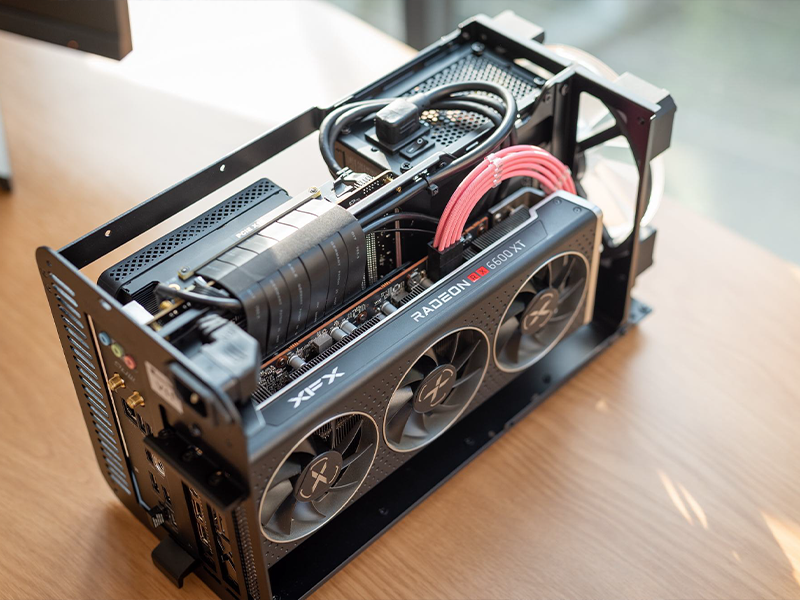Construere PC personalis significat multas eligendi sententias, sed legere aptam magnitudinem tabulae maternae fortasse maxima omnium erit. Tabula quam eligis constituit fundamentum qua systematis totius forma, velocitas operationis, et facilitas evolutionis futurae. Sciens optionum et rationis congruentiae inter se necessaria est tam ad novicios quam ad peritos qui machinam potentem et compactam cupiunt.
De Magnitudinibus Tabularum Maternarum Sapiens
Materiæ non veniunt in uno modulo ad universa. Prima optiones sunt ATX, Micro ATX, Mini ITX et E-ATX. Quisque modus diversa offert ratione spatii et commodorum. Si vis PC quod non totum discum occupet sed tamen capax est robusti CPU et duorum vel plurium bonorum commodorum, Mini ITX et Micro ATX sunt nomina quae saepe in aedificiis sub titulo "compactis" invenies.
Materiæ Mini ITX
Mini ITX est parvus sed validus in mundo matrum. Mensura compendi 6.7 x 6.7 pollicum, putat modum parvum esse pulchrum. Non est tantum exemplar pauperum. Optima tabula Mini ITX omnia praecipua praebet, sicut multae portae USB, graphica in tabula et celer RAM. Optio prima est pro his qui non multum matris videre velint, sed tamen systema validum cupiant quod in scatula minoris pedis capiatur.
Materiæ Micro ATX
Tabulae Micro ATX mensurant 9.6 x 9.6 pollices, tibi paulo plus spatii quam dispositio Mini ITX dant. Illud extra spatium significat plures fendas expansionis et portas inligare posse, ita ut bene functionent in opere compacto ubi postea res addere velis. Quia dimensionem et vim tantum bene componunt, qui machinas ludicas et stationes operativas aedificant, Micro ATX amant.
Delectio Rite Magnitudinis pro tuo Opere
Cum tabulam matrem pro tuo parvo ordine ad mensuram eligis, cogita de eo quid cum systemate acturus sis, quantum spatium habeas, et num postea emendare velis. Si praecipue in tessearum vel ludis levis opus habes, tabula Mini ITX negotium efficere potest. Sed pro actionibus gravioribus aut consiliis semper novas partes inserendi, tabula Micro ATX saepe prudentior electio est.
Tendunt Futura in Opribus PC Compactis
Ars et ingenium semper progrediuntur, et machinae minutiore formato iam magis acceptae esse incipiunt. Fabricae partes minores efficiunt quae tamen valde celeres sunt, nobisque permittunt optimas machinas in exiguis locis ac cubiculis collocare. Meliorata instrumenta refrigerandi quae in angustis spatiis capiuntur, una cum partibus quae modice potestatem sumunt, significare possunt nos posse machinas validas construere sine periculo caloris nimii aut expensae electricitatis. Ad quemcumque cupit spectare in futurum machinam compactam decoratam lucibus suis in proximis annis, cognoscere quae magnitudines tabellae genitricis sibi conveniant momento maximo opus est.




